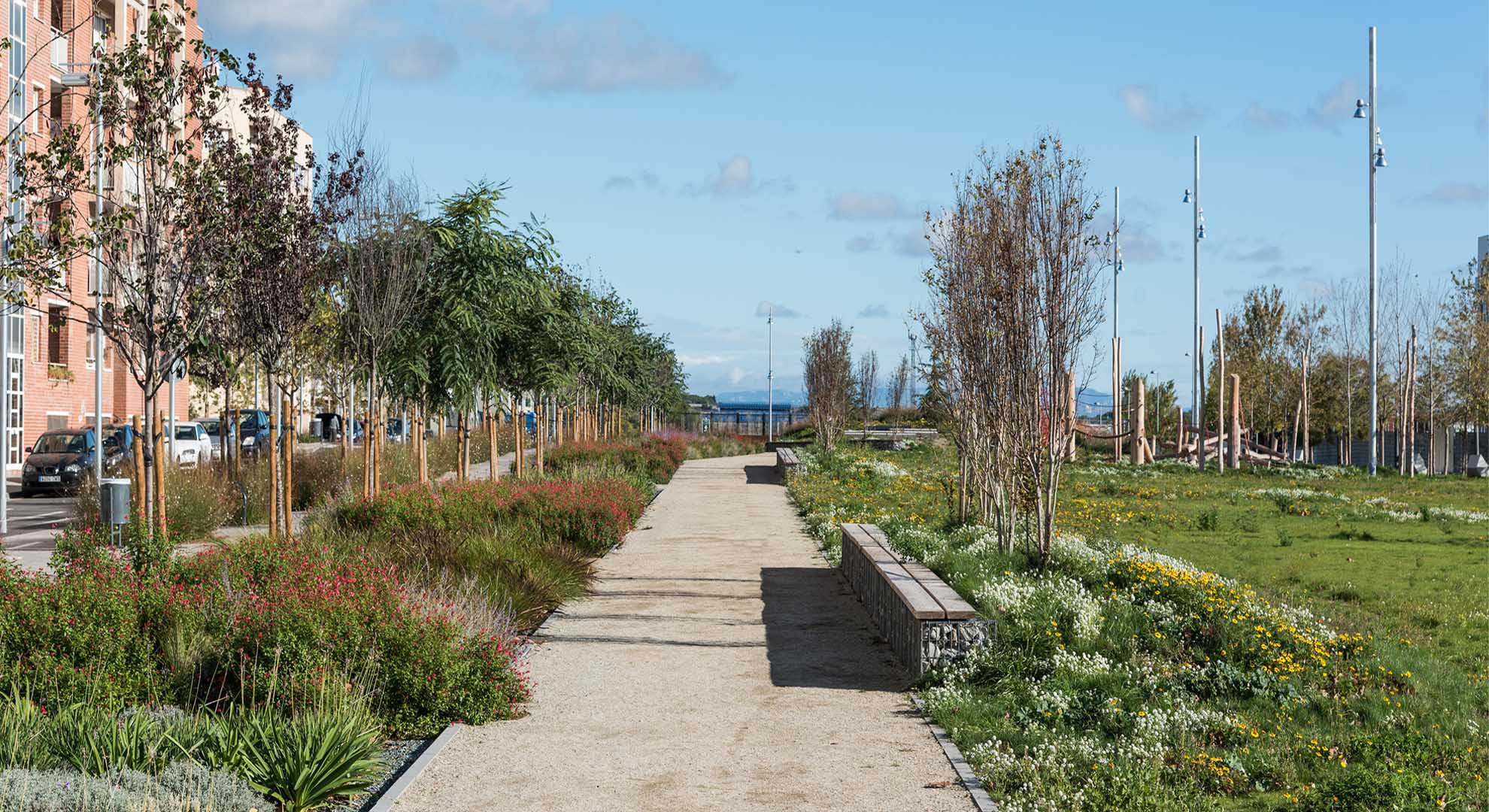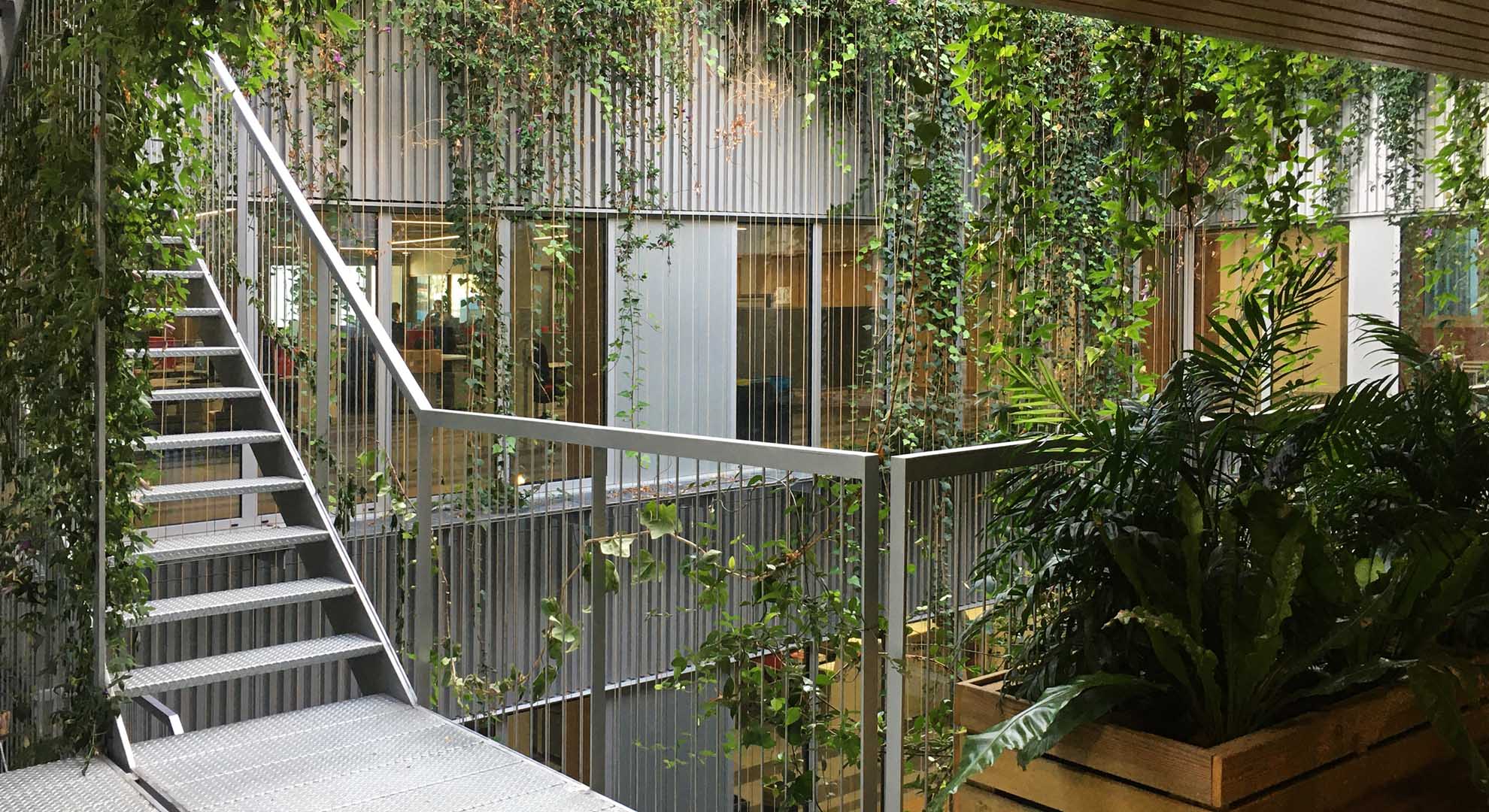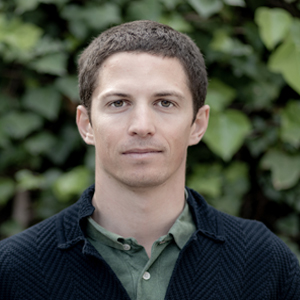The Eco-Effectiveness of Nature in Architecture
Thinking about biophilic cities
When dystopian fictions spoke of catastrophes, in our collective imagination as a developed country, it was always the environment that was on the verge of collapsing. Acid rain, pollution, disappearance of species and natural disasters were the scenario of a future in which humanity faced its imminent end.
But the future has arrived and has surprised us all with a pandemic that has confined us to our homes, put on hold any production activity and brought back blue skies, pure air and clean water. Our growth is now in recession and the pollution in our cities has decreased below 80% of its usual levels.
Are growth and pollution two opposing values or, on the contrary, can we keep a non-recessionary economy and at the same time pollution levels like these days? This pandemic has roused us and demands a change of paradigm. If we wish to continue growing and not die in the attempt, then we must change everything.
As architects, what is our responsibility and our role? Currently the construction and maintenance of buildings accounts for 50% of global energy consumption and if we include the movement of people and goods between buildings we will see that, as planners, we are responsible for 75% of the world’s energy consumption. However, we have the technological means to build zero-energy buildings or dwellings that are capable of producing more energy than they consume and with a negative carbon balance.

100 % biodegradable graves at the Roques Blanques cemetery, Collserola National Park. Camí del Bosc, Batlle i Roig Arquitectura. Photo © Batlle i Roig Arquitectura
Cities and territory change constantly due to human impact and at the same time humans evolve due to the anthropization of the territory. This reaction is inevitable because humans are a part of nature. Planners must work to constantly innovate and research to reduce our environmental footprint on the planet. We can influence all scales of the territory: from planning, large green infrastructures, small streets, urban parks and buildings to a detail in a balcony or the terrace of our home.
In our cities, 60% of the public space is dedicated to vehicles while the remaining 40% is shared by flora, fauna and pedestrians. It should not come as a surprise that the virus spreads so rapidly with such a high occupation rate in open spaces and the habits that crowding entails. But we can reverse this situation, decompress and renaturalize public spaces to make them healthier, more productive and permeable. We can and must promote sustainable door-to-door mobility and increase the value of territory, taking advantage of its dynamics to get the best sites and connect inhabited areas in a healthier way.
Architects should be prepared to constantly change and learn from new realities. So much so, that in a short time we would change the projects ourselves; we would no longer make them the same. But not for aesthetic reasons, rather for technological innovation and respect for the environment. The eco-effectiveness of our projects with respect to the planet should be a pillar in the design of any idea.
With this methodology of continuous evolution, we achieve two benefits for the architect, the client and the planet:
- Clients understand the value of having a unique project and take on the innovation that makes them special.
- The architect becomes an expert in every topic he works on; each project is different and his field of expertise will be increasingly larger.

Refurbishment of an industrial building, the central courtyards allow for natural lighting of the interior. Médicos sin Fronteras (Doctors Without Borders) offices, Barcelona, Batlle i Roig Arquitectura. Photo @ Joan Batlle
This duty of designers, the respect for the environment, must be related to innovation and we must be aware that we need to work every year to continue contributing. Technical, environmental, social and cultural innovation in the office will help us grow as transversal professionals in a world that is experiencing a constant change of paradigm. Innovating or researching does not imply joining global trends, but understanding the problems and providing a precise response to our clients, to the citizens and to the world.
In our constant search for improvement, we have researched what we have done until now, what we are currently doing and what we could do to improve in the future. This research provided a sustainability matrix that expresses our commitment to climate emergency, a matrix between each one of our fields of work—city, landscape and building—and the different issues we address to develop them. These topics form the basis of the commitments that we as designers must work and develop in any project: biodiversity, water, sustainable mobility, productivity, reduction of heat islands, urban recycling, C2C-cradle to cradle, zero emissions, self-sufficiency, and health and well-being.
But let’s go back to the beginning. What will we learn from this crisis? Nothing we didn’t already know, mainly that the solution is in nature. That the key to our survival can be found in its care, respect, restoration and reintroduction in cities and in the territory and that our development must go hand in hand with its development. The solution is in nature and it is in our hands to achieve it.
The future thinks in green.
Main image: 100 % biodegradable graves at the Roques Blanques cemetery, Collserola National Park. Camí del Bosc, Batlle i Roig Arquitectura. Photo © Batlle i Roig Arquitectura
